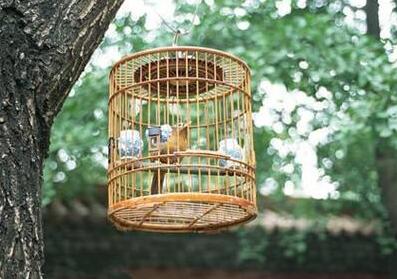When it comes to installing drywall, choosing the right screws is crucial for ensuring a secure and long-lasting application. Drywall screws are specifically designed for this purpose and come in various types and sizes. In this article, we will explore the different screws suitable for drywall installation, their characteristics, and the best practices for using them.
Types of Drywall Screws
1. Self-Drilling Screws These screws feature a sharp tip that allows them to penetrate drywall without the need for pre-drilling. They are particularly useful for securing drywall to metal studs.
2. Coarse-Thread Screws Designed for use with wood studs, coarse-thread screws have wider threads that provide a better grip on wood surfaces. They are typically used when attaching drywall to wood frames.
3. Fine-Thread Screws These screws are used primarily with metal studs. Their finer threads create a tight bond with the metal, making them ideal for lighter gauge materials.
4. Bugle-Head Screws This type of screw has a slightly rounded head that helps prevent tearing of the drywall paper when driven in. Bugle-head screws are commonly used for drywall installation due to their ability to create a flush finish.
Length and Size
The size of the drywall screw you choose will depend on the thickness of the drywall and the type of framing you're attaching it to. For standard 1/2 inch drywall, screws should ideally be 1-1/4 inches long when fastening to wood studs and 1-1/2 inches when using metal studs. For thicker drywall (5/8 inch), longer screws will be necessary to ensure a secure hold.
what screws to use for drywall

Recommended Installation Practices
1. Nailing vs. Screwing While some may opt for nails when installing drywall, screws are generally recommended as they provide better holding power and reduce the risk of cracking or sagging over time.
2. Spacing When installing drywall, screws should be placed 12 to 16 inches apart along the edges and every 16 to 24 inches in the field of the board. This spacing helps to ensure stability and reduces the likelihood of future damage.
3. Depth of Drive When driving screws, it is important to ensure that the screws are driven just below the surface of the drywall. This creates a small dimple that can be filled with joint compound, allowing for a smooth finish.
4. Avoiding Overdriving Overdriving screws can damage the drywall paper and compromise the integrity of the installation. A powered screwdriver or drill with a clutch setting can help control the depth.
5. Consideration for Corners and Joints At corners and joints, additional screws may be necessary to ensure a strong bond. Remember to stagger joints to avoid creating weak points in the drywall installation.
Conclusion
Choosing the right screws is essential for a successful drywall installation. By understanding the various types and sizes of drywall screws and following best practices during installation, you can achieve a strong, durable finish that will stand the test of time. Whether you are a DIY enthusiast or a professional contractor, taking the time to select the appropriate screws will help you avoid common pitfalls and ensure a smooth, flat surface ready for finishing. Always remember that proper installation techniques will enhance the overall appearance and longevity of your drywall project.

















